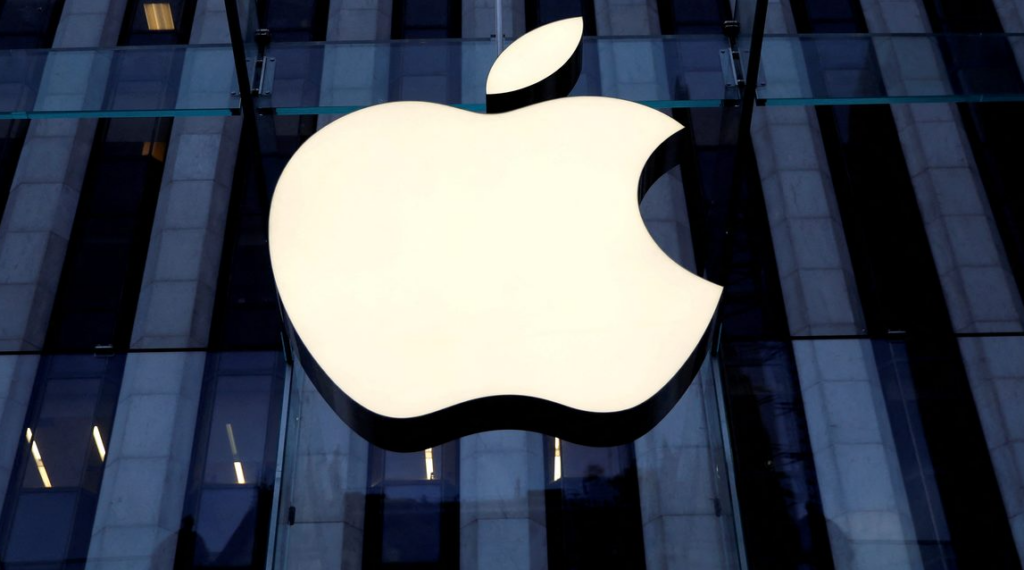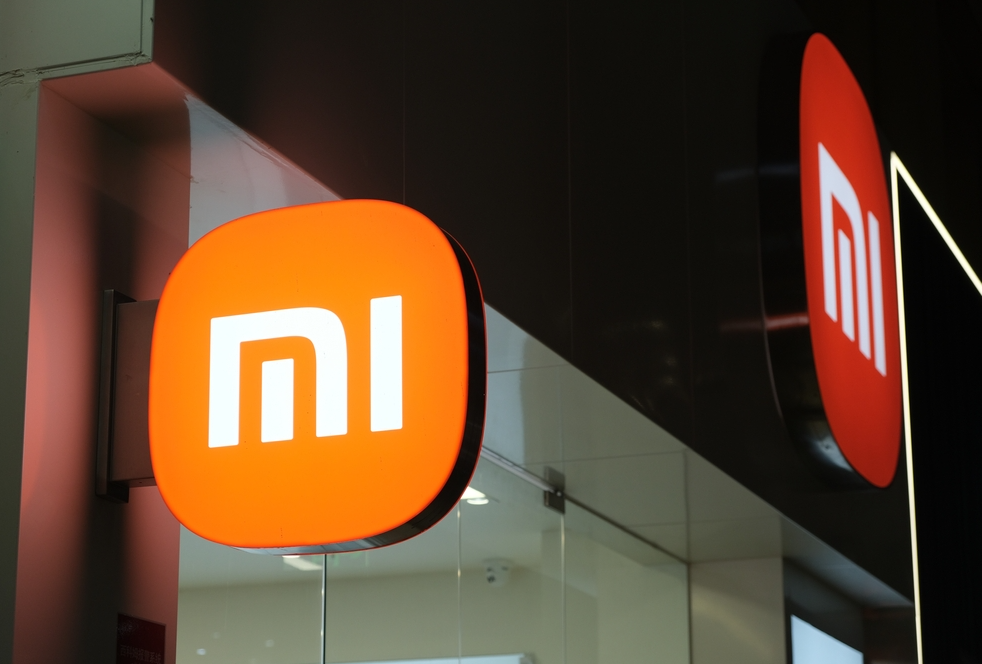The history of Apple is an example of a meteoric rise and incredible success made possible by a unique combination of innovation, courage and dedication to ideas. Today, Apple is not only one of the most valuable companies in the world, but also a brand that has changed the way people interact with technology. How did the history of Apple begin, how did its key decisions influence its development and what products turned the company into a global legend.
The beginning of the journey
The history of Apple begins in 1976, when three friends – Steve Jobs, Steve Wozniak and Ronald Wayne – decided to start their own technology company. At the time, the young inventors were looking to create devices that would make computing easier to use and accessible to a wider audience. The Apple I, their first computer, was a simple model built in Jobs’s parents’ garage.
Despite its humble beginnings, the Apple I was the company’s first significant product. It consisted of a single board and was fairly primitive by today’s standards. However, unlike other computers of the time, the Apple I was easy to use, which immediately attracted the attention of the audience. This success allowed the founders to attract investment and move on to the next model, the Apple II.
Key Features of the Apple I
- Compactness and ease of assembly;
- Availability for home use;
- Programming in BASIC language.
The Apple II, introduced in 1977, was a real breakthrough. It was Apple’s first mass-market product to feature a color display and support for removable floppy disks. It was the first computer that could be used not only for work but also for games, making it popular with both professionals and young people. This success allowed the company to confidently move forward.
Apple logo history of appearance
The Apple logo also has its own interesting history. The first logo was created by Ronald Wayne and depicted Isaac Newton under an apple tree – an allusion to science and discoveries. However, such a complex logo turned out to be inconvenient for widespread use. In 1977, a decision was made to create a simpler and more recognizable symbol that would represent Apple as an innovative brand.
- The new logo, created by designer Rob Janoff, featured an image of a bitten apple.
- The main reason for adding the “bite” was to distinguish the apple from other fruits, as well as the hidden meaning – a play on the words “byte” and “bite”.
- Over the following decades, the logo underwent changes in color and design, while remaining a recognizable symbol.
This logo has become one of the most famous in the world and is still associated with simplicity, innovation and uniqueness. The history of the Apple logo reflects the company’s philosophy, the desire for minimalism and clarity.
The Evolution of the Apple Logo
Over the years, the Apple logo has changed, adapting to the style and spirit of the times. Initially, the logo was rainbow, symbolizing innovation and diversity. However, in the early 2000s, with the return of Jobs, it was changed to a single-color, emphasizing the minimalism and style of the brand.
The main stages of the Apple logo evolution:
- 1977 – rainbow logo;
- 1998 – a single-color minimalist logo with a metallic shade;
- 2010s – black and white logo suitable for premium devices.
Important Apple Products
Over the years, Apple has released many iconic products that have become milestones in the company’s history. The most significant of these were the Macintosh, iMac, iPod, and iPhone. These devices not only changed the direction of the company, but also had a huge impact on the entire technology industry.
Macintosh: The Beginning of the PC Era
The Apple brand’s history took a new turn with the release of the Macintosh in 1984. It was the first mass-market computer with a graphical interface and a mouse, making it much easier to use. The Macintosh advertising campaign, shown at the Super Bowl, became a landmark and attracted a lot of attention to the company. However, despite its innovative ideas, the Macintosh was not a commercial success due to its high price.
Main characteristics of Macintosh:
- Graphical interface – intuitive controls for a wide audience;
- Mouse – a new control device that has become the standard for computers;
- Compact body – an innovative design for that time.
History of iMac
After the difficulties of the late 80s and Jobs’s departure in 1985, Apple experienced a series of setbacks. However, the story of Apple would not be complete without the return of Jobs in 1997. At that time, Apple was in crisis, and Jobs returned to save the company. The first major product of the new phase was the iMac, which was developed in collaboration with designer Jonathan Ive.
iMac Features:
- Vibrant color design – The iMac was offered in bright colors, which attracted the attention of young people;
- Integrated monitor and system unit – A revolutionary solution for simplifying the design;
- High performance – Powerful features that set the iMac apart from other PCs on the market.
The iMac became a true symbol of the era and returned Apple to the ranks of industry leaders.
The iPod and iTunes revolution
Apple’s history in the 2000s was enriched by another successful product: the iPod. Released in 2001, the iPod allowed users to store thousands of songs in their pockets. The portable music player became extremely popular and brought Apple mass popularity. Soon after, the iTunes platform was launched, allowing people to buy and download music legally. This not only increased sales, but also turned Apple into one of the biggest players in the music market.
Key features of iPod and iTunes:
- Storing Music – The iPod could store up to 1000 songs, which was an incredible achievement;
- Ease of use – Intuitive scroll wheel;
- iTunes integration – iTunes Store made the process of buying music convenient and legal.
The Age of Smartphones or the Birth of the iPhone
iPhone is one of Apple’s most successful products, which changed not only the company’s history but also the entire smartphone industry. The first iPhone was introduced in 2007, and its appearance revolutionized mobile technology. iPhone combined the functions of a phone, media player, and Internet device, becoming the most popular smartphone on the market.
Features of the first iPhone:
- Touch screen – the absence of physical buttons made it unique;
- Intuitive interface – gesture control that is easy to learn;
- Multimedia support – the ability to listen to music, watch videos and access the Internet.
The iPhone became the foundation of Apple’s success for many years to come. Today, Apple’s history is associated with the iPhone, which remains the company’s flagship product.
Modern technologies and environmental initiatives
Apple not only develops new products, but also strives to make the world a better place. The company actively implements environmental initiatives, including the use of recycled materials and reducing its carbon footprint. In 2020, Apple announced that it aims to become carbon-neutral by 2030, which emphasizes its social responsibility.
Modern Apple products:
- Apple Watch – smartwatches with fitness tracker functions and health monitoring capabilities;
- AirPod s– wireless headphones that have gained popularity due to their sound quality and convenience;
- MacBook – laptops with advanced features and long battery life.
The history of Apple is a unique example of how a company can evolve and adapt to new challenges. The Apple logo and the company’s products have become symbols of technological achievements. Steve Jobs and his team made an invaluable contribution to the development of technology, and Apple’s legacy lives on, inspiring millions of people around the world.
Take your next step in the worldApplewith reBITme and enjoy the benefits. Enjoy your shopping!





